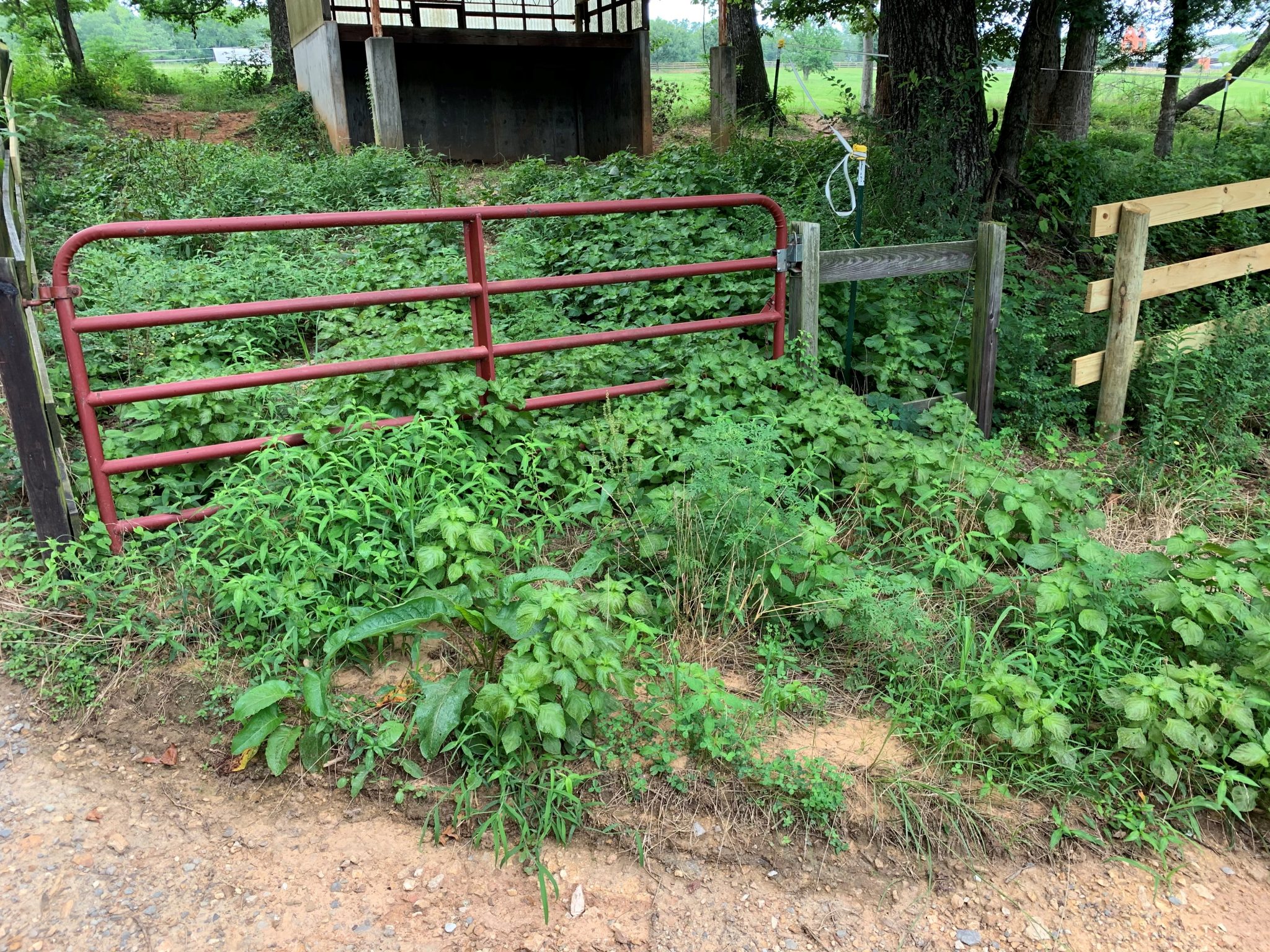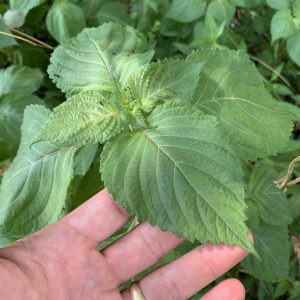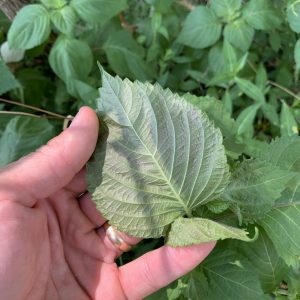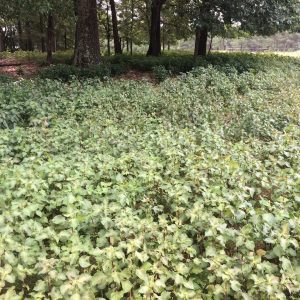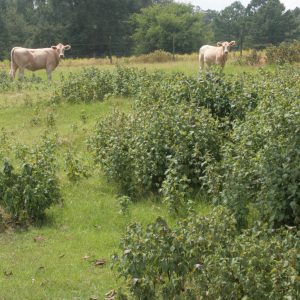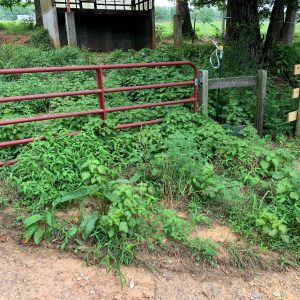Farming

Perilla mint is highly toxic when consumed by cattle, other ruminants, and horses. The entirety of the plant is toxic, with the flowering structures being especially potent. Perilla mint is more likely to be consumed in the fall, because of a seasonal decrease in forage availability.
Description
Perilla mint (Perilla frutescens)—also known as beefsteak plant or Chinese basil—is an annual, broadleaf weed originally from eastern Asia. Plants commonly reach an average height of 2 ft and can be identified by their coarsely serrated leaf edges, which occur opposite each other along a square stem (figure 1). Perilla mint produces flower spikes that are usually approximately 6 inches long and contain many small white or purple flowers. Flowers often appear between July to September. Plants can be most easily identified by their purplish color on the undersides of leaves (figure 2) and their minty aroma when the leaves are crushed. Additionally, perilla mint is recognizable in winter months from dormant carcasses, which is also indicative of where future populations will likely emerge the following spring.
- Figure 1. Overhead view of a perilla mint plant.
- Figure 2. Underneath view of a perilla mint leaf, showing the purple coloring.
This non-native species has a history in culinary, ornamental, and medicinal markets. Perilla mint has escaped cultivation and is highly adaptable in the Southeastern climate. The plants are often found in shaded or semi-shaded woodland understories and along fence lines, streams, and natural areas, including pastures and hayfields (figures 3 and 4). Populations are frequently found in disturbed, fertile areas around hay rings, feed lots, and barns (figure 5).
- Figure 3. Perilla mint in a semi-shaded area.
- Figure 4. Perilla mint in an open pasture area.
- Figure 5. Perilla mint in disturbed, heavy-traffic area.
Threat
Perilla ketones are one of several volatile compounds found within the plant that cause atypical interstitial pneumonia (AIP) in cattle and other domestic animals when ingested. Fluid accumulates in the animals’ lungs, causing reduced oxygen levels and shortness of breath. Depending on the amount consumed and/or animal susceptibility, death may occur within a couple days or in as little as a few hours. Little is known about the amount of perilla mint needed to cause detrimental effects in livestock, nor about the factors that make some cattle more susceptible to its toxicity than others. Nonetheless, plants are generally more toxic as they enter the reproductive phase of growth, which also coincides with periods of lower forage quality and quantity, as well as increasing temperatures. Consequently, it is during this time that livestock often congregate in shaded areas that may be infested with perilla mint, putting animals at a greater risk of consumption.
Control
Several herbicides are effective in controlling perilla mint. Preemergent options include herbicide active ingredients such as aminopyralid, dicamba, imazapic, and picloram (table 1). These treatments should be applied prior to seed germination, which can occur as early as late-April, depending on latitude or when soil temperatures are between 68°F and 77°F. For each of these preemergent options, rain is necessary following application in order to move herbicides into the soil.
Table 1. Preemergent Herbicide Treatments for Perilla Mint
| Trade Name | Active Ingredient | Use Rates (amount product per acre) |
|---|---|---|
| Grazon P+D | picloram +2,4-D | 32 fl oz |
| GrazonNext HL | aminopyralid + 2,4-D | 19 fl oz |
| Weedmaster | dicamba + 2,4-D | 32 fl oz |
| Plateau | imazapic | 6 fl oz |
Postemergent herbicide choices include 2,4-D, aminopyralid, dicamba, glyphosate, and picloram (table 2). These treatment selections should be applied to emerged plants from seedling stage through the early reproductive stage for effective control. If opting for the use of postemergence herbicides, grazing livestock should be removed from the treated area until the plants are fully controlled to reduce the risk of consumption.
Table 2. Postemergent Herbicide Treatments for Perilla Mint
All treatments include 0.25% v/v non-ionic surfactant.
| Trade Name | Active Ingredient | Use Rates (amount of product per acre) |
|---|---|---|
| Grazon P+D | picloram + 2,4-D | 16 fl oz |
| GrazonNext HL | aminopyralid + 2,4-D | 19 fl oz |
| RoundUp (41% a.i.) | glyphosate | 24 fl oz |
| Weedmaster | dicamba + 2,4-D | 16 fl oz |
| Weedmaster | 2,4-D | 32 fl oz |
Other control options include hand pulling or mowing, but these methods should be done prior to seed production. Since perilla mint is a prolific seed producer, growers are encouraged to be diligent in control practices as plants will likely occur in subsequent years from single populations. When using herbicides for control, be aware of any desirable species that may be nearby, and always read and follow all label recommendations.

